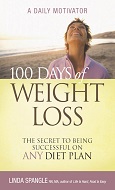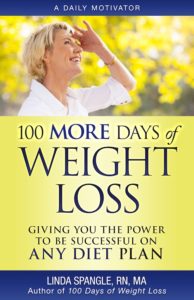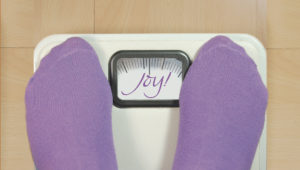 Build, renew and keep your motivation!
Build, renew and keep your motivation!
Are You Interested or Committed?
If you’re like most dieters, you start out strong and highly motivated, but then something happens. Demanding kids, needy friends, even a new puppy can wear you down. Maybe you start feeling lonely or depressed or discouraged.
Once you slip off your diet, you may have a hard time getting back on track and eventually, you say, “Forget it! I simply can’t do this right now.” …. keep reading
Books to keep you motivated
100 Days of Weight Loss
The Secret to Being Successful on Any Diet Plan
For more details…click here
Available at Amazon, Barnes and Noble and most independent bookstores
Be sure to get the journal that goes with this book.
Giving You the Power to Be Successful on Any Diet Plan
Available at Amazon, Barnes and Noble and most independent bookstores
Be sure to get the journal that goes with this book.



